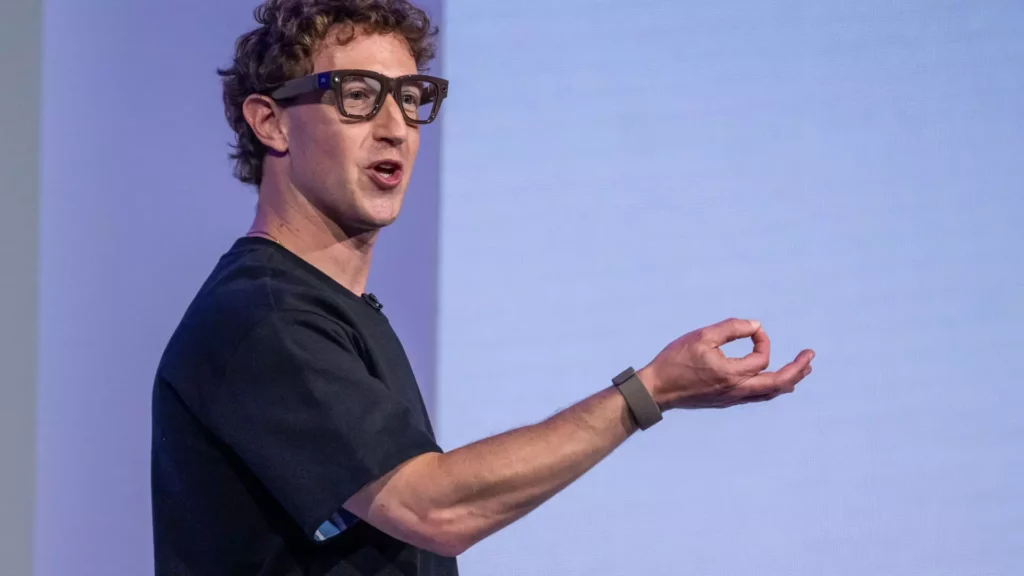In an era where digital self-representation has become almost as significant as our physical identities, platforms like Meta are pushing the boundaries of customization through the introduction of multiple avatars. At first glance, the ability to craft various versions of oneself might seem harmless—or even fun. However, beneath this veneer of novelty lies a deeper debate about authenticity, identity, and the societal obsession with curated personas. Meta’s extensive tools for designing bespoke avatars, rich with hairstyles, facial features, and accessories, promise infinite possibilities for self-expression, but they also invite us to question whether we’re truly showcasing ourselves or crafting idealized, manufactured illusions tailored for digital perfection.
By offering the technical ability to switch between multiple avatars easily—whether in Facebook posts, Messenger chats, or within Meta’s broader metaverse ambitions—the platform subtly encourages users to fragment their identities. Instead of embracing a unified self, many might find themselves adopting different digital skins depending on context, mood, or online platform. This multiplicity risks diluting genuine human connection, as others encounter an ever-shifting landscape of self-presentation rather than authentic interactions rooted in reality.
The Hidden Divide Between Technological Advancement and Human Authenticity
Meta’s continual updates—adding new body types, poses, and AI-driven customization—highlight a desire to make avatars as versatile as human personalities. Yet, this pursuit of technological idealism runs counter to the fundamental tenets of authenticity. Creating a “perfect” avatar might offer a sense of control or aesthetic satisfaction, but it also detaches individuals further from their real selves. The more we refine our digital images, the more we risk becoming disconnected from our innate humanness. It’s a paradox: in trying to express ourselves more freely, we might be losing touch with the genuine human experience that forms the foundation of meaningful interactions.
Moreover, the rise of generative AI tools for avatar clothing and detailed facial features exemplifies how convenience and customization are superseding authenticity. Are we crafting digital identities that reflect who we are, or simply projecting a glorified version of ourselves? If the latter, cultural and social implications emerge—normalizing superficiality, fostering comparison, and deepening self-esteem issues as users chase elusive standards of digital perfection. The allure of an ever-evolving, customizable avatar echoes society’s broader obsession with appearance and image, which can distort self-perception and undermine authenticity.
The Market for Digital Personas: A Double-Edged Sword
While some may dismiss these avatar features as trivial or superficial, the reality is that they are transforming digital interaction in significant ways. Custom stickers and avatars are becoming new modes of communication, subtly replacing words with curated visual representations. Yet, this prevalence should prompt us to question whether these digital tools enrich human connection or merely mask genuine emotion behind a veneer of stylized images.
From a center-right perspective, the obsession with perfecting avatars reflects a wider cultural tendency toward materialism and superficiality, which can erode the value of real-world relationships. The desire to frequently change and experiment with one’s digital identity might be motivated by a need for validation or an escape from the complexities of authentic self-expression. This trend might appear appealing at surface level, but it risks reducing human interactions to a series of performances—performances that increasingly distance us from honest, meaningful engagement.
Furthermore, the focus on avatar customization as part of Meta’s metaverse vision reveals a strategic expansion into immersive digital environments that could redefine social norms. While innovation is necessary and exciting, it must be balanced with a societal introspection about what kind of digital future we want—one that fosters genuine community or one that encourages perpetual self-curation and escapism.
Final Reflection: Choosing Substance Over Style
The hyper-focus on avatar customization and digital persona management exemplifies how technology can distort perceptions of self. In our pursuit of digital perfectionism, we risk losing sight of the authentic human essence that forms the core of society. While platforms like Meta offer endless tools for self-expression, it is incumbent upon us to exercise discernment. Do we craft avatars to reflect ourselves, or do we become slaves to digital images designed for aesthetic gratification? From a pragmatic, center-right perspective, safeguarding authenticity in human relations should take precedence over the allure of endless customization.
As technology continues to evolve, so must our understanding of self and community. There is undeniable value in embracing authenticity, resisting the temptation to project perfect images that only serve to mask deeper insecurities. Ultimately, genuine human connection—born of honesty and shared experiences—remains irreplaceable. Digital tools should serve to enhance, not replace, that fundamental human need for genuine interaction.









Leave a Reply